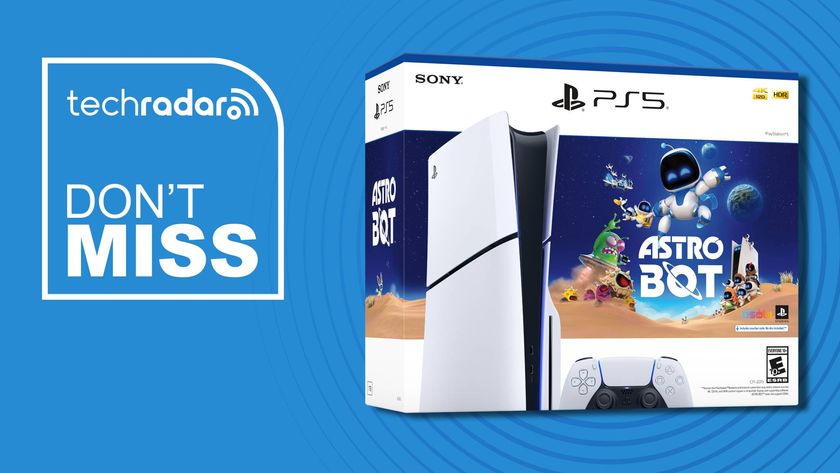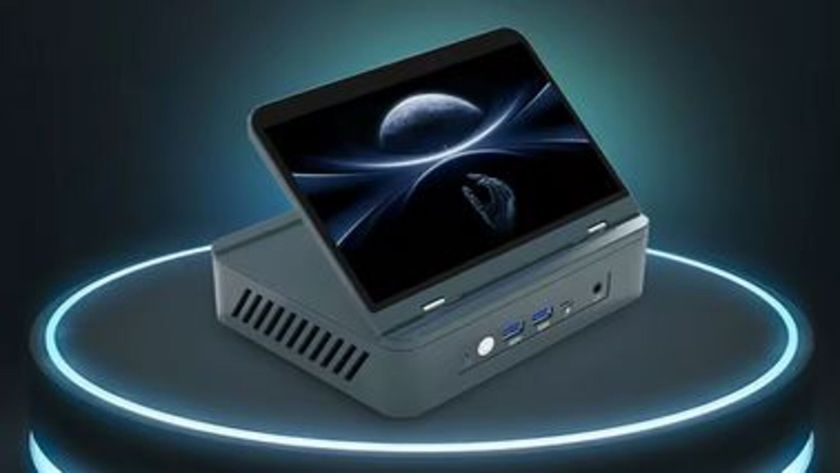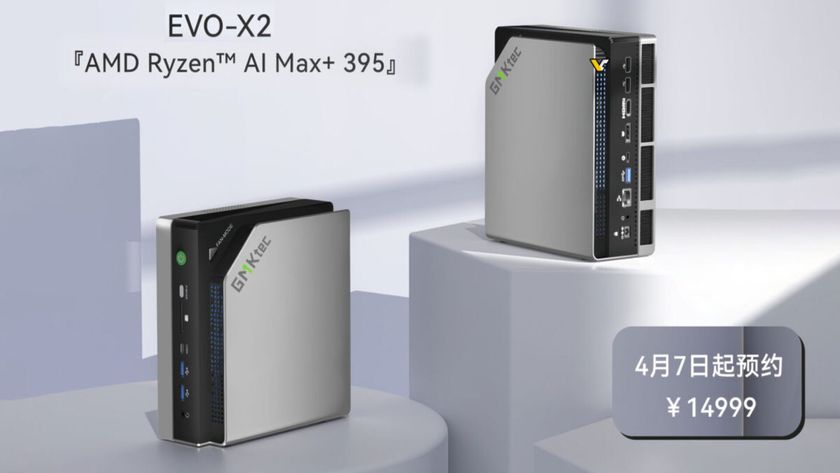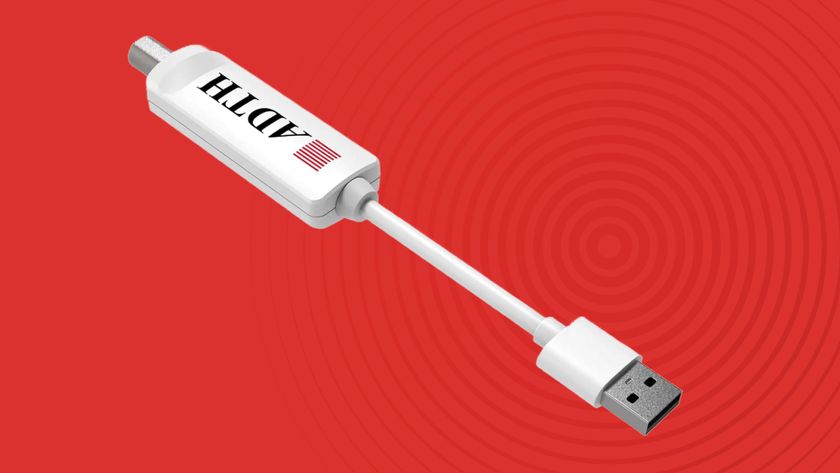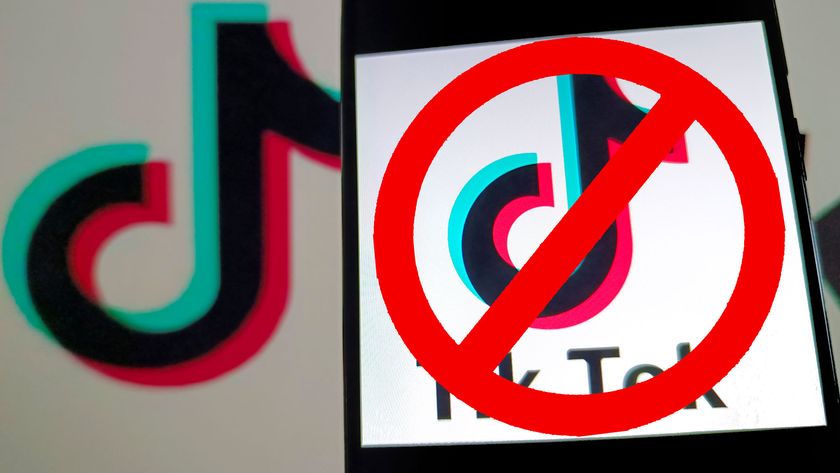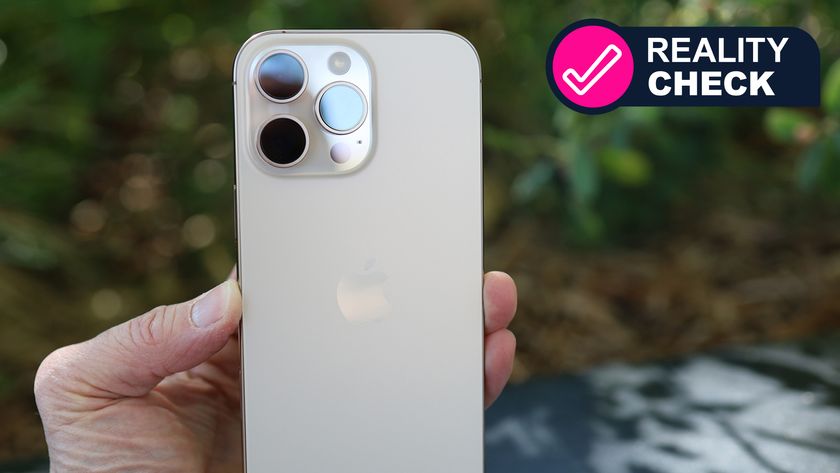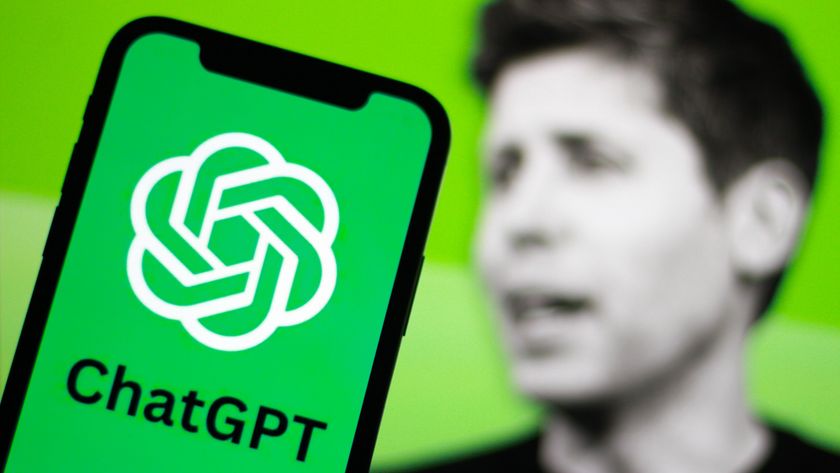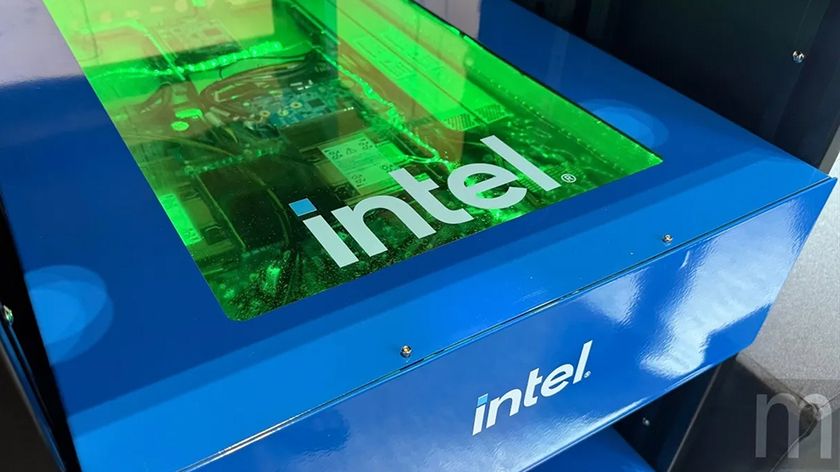The DualSense PS5 controller is packed with fancy features - but they won’t get used
Opinion: Devs likely won’t make the most of the DualSense’s features
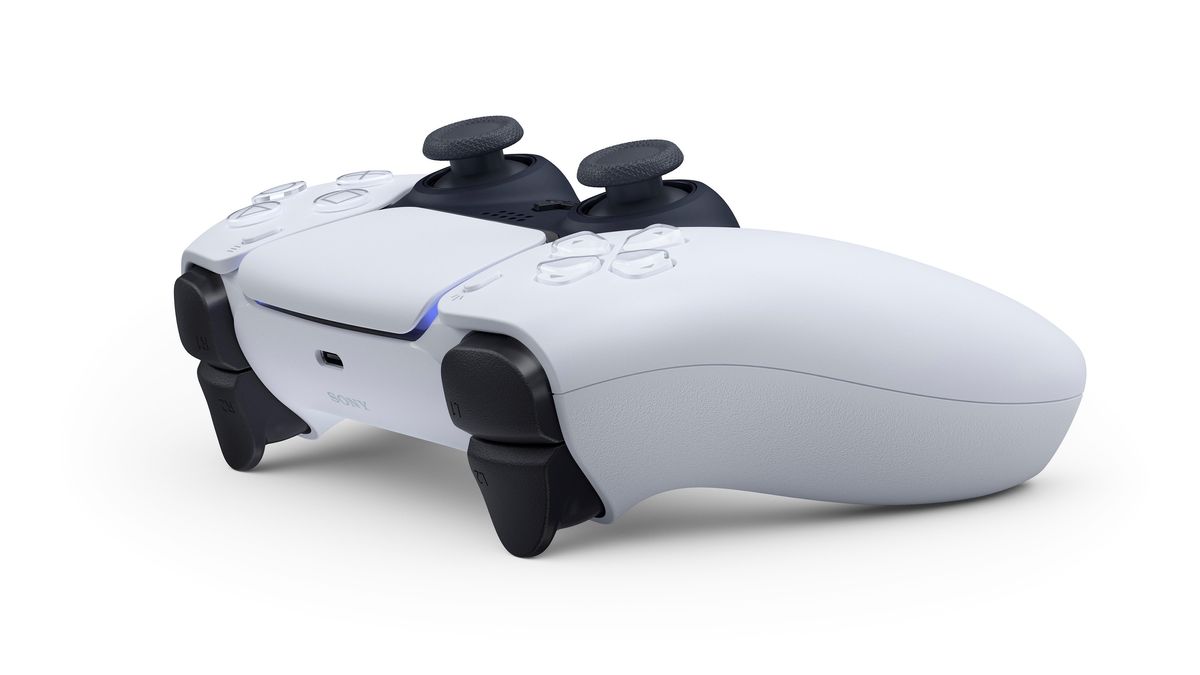
In a blog post that came seemingly out of nowhere, Sony finally revealed the new DualSense PS5 controller. It marks a radical departure from the DualShock 4, but the redesigned pad will share one thing in common with its predecessor – developers will continue to ignore almost all of its unique features.
And that’s a shame, as the DualSense is stuffed full of exciting and potentially game-changing technology. Sony wants to tingle your fingertips and massage your palms in a variety of interesting ways using haptic feedback and adaptive triggers – and I’m all for it.
We’ve seen the tech used effectively in VR controllers, but if you’re new to haptic feedback it basically means you’ll feel more of what you see on screen – the sludginess as you drive a car through mud or the tension of pulling back a bow string as you shoot an arrow, for example.
The problem is – and I hate to admit this – that these features will largely be ignored by everyone but Sony’s first-party studios. History has shown us time and time again that even if you design a console entirely around a distinctive input device (hello, Nintendo Wii), third-party developers will still find a way to ignore 95% of a controller’s special qualities.
- PS5 release date, specs, news and features for Sony’s PlayStation 5
- The DualSense PS5 controller keeps one of the DualShock 4’s best features
- Wow that PS5 controller is ugly, isn’t it?
Ignored and underused
Let’s take a look at the DualShock 4 as our primary suspect. It’s got a lovely light bar which can change color to reflect what’s happening in a game, such as flashing white if you’re using a torch, or turning red if your health is low. How many games use it in this way, though? The answer is: barely any.
Next up, the DualShock 4 touch bar. If you ever needed a more concrete example of developer apathy in full effect, it’s that battery-draining touch bar. We saw Killzone: Shadowfall, a PS4 launch title, use the touch bar in some interesting ways – as did Infamous: Second Son. But how many other games can you name that transform the experience in any meaningful way using this feature? Probably no more than a handful, because basically every game just uses it as an oversized map button. Brilliant.
What about the PS4 accelerometer? A feature that’s been around since the SixAxis controller, which launched with the PlayStation 3. When did you last play a video game that used the accelerometer for something other than a silly gimmick? Yeah, didn’t think so.
Get daily insight, inspiration and deals in your inbox
Sign up for breaking news, reviews, opinion, top tech deals, and more.
Features schmeatures
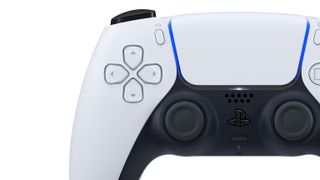
But hold on. Maybe it’s because those features were rather superfluous. I mean, come on, a flashing light that you can’t even see most of the time? Who cares! Members of the court, may I present to you exhibit B: HD Rumble on Nintendo Switch.
The masters of cramming quirky technology down gamers’ throats, Nintendo always tries to introduce some bizarre new input system into their consoles. With Nintendo Switch it was no different. We were promised the sensation of feeling ice cubes in a controller – because of course we were. Despite the technology genuinely wowing in games like 1-2-Switch, it’s basically been ignored by even Nintendo themselves, and hasn’t come close to reaching the potential we were promised.
Still in denial? Okay, let’s wrap this up with one more sorry example. You might not know this, but the Xbox One controller has impulse triggers. And they’re freaking awesome and never, ever get used.
Do yourself a favor and play any of the Forza Motorsport games on Xbox One and you’ll experience a fingertip-defining moment that will make every other racing game seem a little sad in comparison. The triggers rumble and respond according to where your tyres are on the track, so you can physically feel the sensation of a wheel locking up, moving over gravel and responding to torque. It’s so damn good, but clearly not a priority for any developers.
One feature fits all
So why does this worrying trend constantly happen? Truth be told, it all comes down to time and money. Video games are extremely expensive to make, and require a lot of resources to do so. There’s no monetary benefit to developers spending the extra time to code for features that are specific for one console. Occasionally it can happen, but it’s an anomaly.
The odds are stacked against the DualSense controller, then. There’s no doubt that we’ll see some truly awe-inspiring moments from Sony’s first-party studios (firing Aloy’s bow in Horizon: Zero Dawn 2 is a given for the adaptive triggers), but try not to feel too disappointed if half the time these features come as a pleasant surprise, rather than a new standard moving forward.
- DualSense could hint at more – the biggest PS5 design clues we've spotted
Adam was formerly TRG's Hardware Editor. A law graduate with an exceptional track record in content creation and online engagement, Adam has penned scintillating copy for various technology sites and also established his very own award-nominated video games website. He’s previously worked at Nintendo of Europe as a Content Marketing Editor and once played Halo 5: Guardians for over 51 hours for charity. He is now an editor at The Shortcut.


